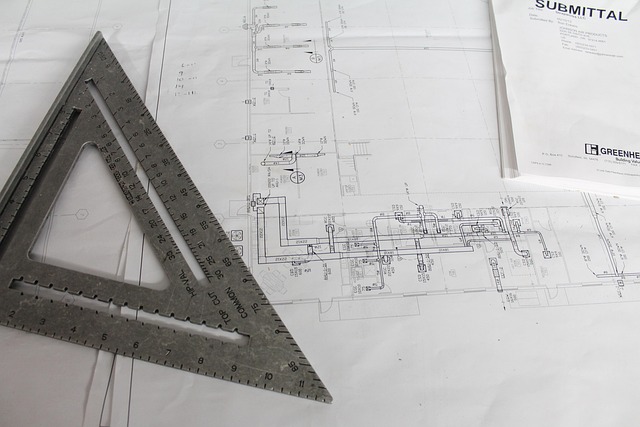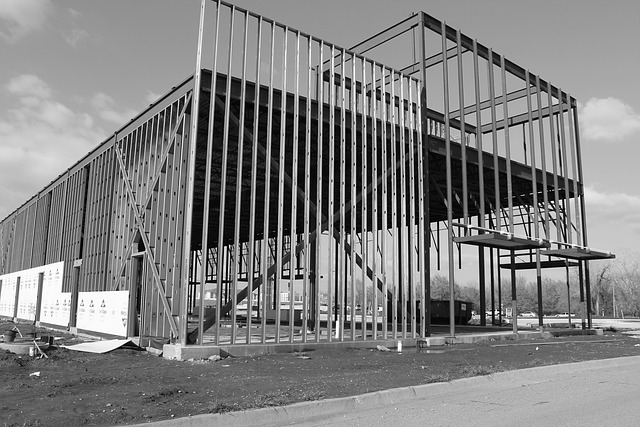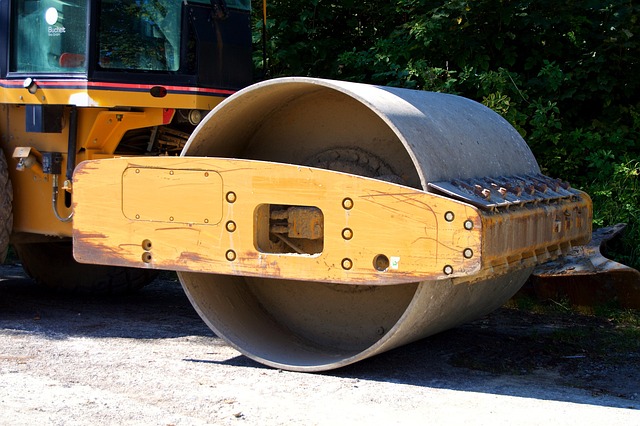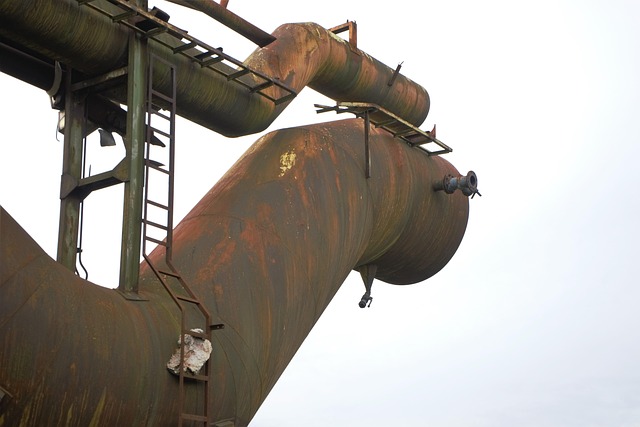Structural Framing: Wood, Steel, Concrete & Civil CAD Drafting

Mastering structural framing in civil engineering and CAD drafting is crucial for safe, sturdy struc…….
Welcome to an extensive exploration of Structural Drafting and Detailing—a pivotal discipline that underpins the construction industry, shaping our built environment with precision and creativity. This article aims to guide readers through the intricate world of structural design, its global impact, economic implications, technological innovations, regulatory frameworks, and future prospects. By delving into these aspects, we will uncover why Structural Drafting and Detailing is not merely a technical process but a dynamic field that influences our daily lives, communities, and urban landscapes.
Definition:
Structural Drafting and Detailing (SD&D) is a specialized engineering discipline focused on creating detailed drawings, plans, and specifications for structural elements of buildings and infrastructure. It involves translating architectural designs into precise technical drawings that guide construction processes, ensuring structural integrity, safety, and quality.
Core Components:
Historical Context:
The roots of Structural Drafting and Detailing can be traced back to the early 20th century with the advent of modern architectural and engineering practices. The development of computer-aided design (CAD) software in the late 20th century revolutionized SD&D, enabling more accurate, efficient, and collaborative drafting processes. Today, digital tools have become indispensable, allowing for complex structural modeling and simulation.
Significance:
SD&D is a critical link between architecture and construction. It ensures that designs are not only aesthetically pleasing but also structurally sound and feasible to build. Accurate drawings facilitate material procurement, construction sequencing, and quality control, minimizing errors and delays. Furthermore, SD&D professionals contribute to safety by ensuring structures comply with building codes and regulations.
International Reach:
Structural Drafting and Detailing transcends geographical boundaries, influencing construction practices worldwide. International standards and software have made it possible for drafters and detailers in one country to collaborate on projects in another, fostering a global exchange of knowledge and best practices.
Regional Variations:
Trends Shaping the Future:
Market Overview:
The Structural Drafting and Detailing industry is a significant contributor to the global construction sector. According to recent reports, the global SD&D market size was valued at USD 7.5 billion in 2021 and is projected to grow at a CAGR of 8.5% from 2022 to 2030 (Grand View Research). This growth is driven by rising infrastructure spending, urbanization, and the need for sustainable buildings.
Investment Patterns:
Economic Impact:
Digital Transformation:
The digital revolution has had a profound impact on Structural Drafting and Detailing. CAD software has evolved from 2D drafting to powerful 3D modeling tools that enable complex design iterations and visualization.
Key Technologies:
Benefits of Technology:
Building Codes and Standards:
Structural Drafting and Detailing professionals must adhere to local building codes, standards, and regulations. These guidelines govern structural safety, material quality, construction methods, and energy efficiency. Examples include the International Building Code (IBC) in the U.S., the National Construction Code (NCC) in Australia, and EN standards in Europe.
Role of SD&D Professionals:
Global Harmonization:
International organizations like the International Organization for Standardization (ISO) and the American National Standards Institute (ANSI) work towards harmonizing building codes and standards to facilitate global trade and collaboration in construction.
Emerging Trends:
Challenges and Opportunities:
Structural Drafting and Detailing is not merely a technical profession but a creative endeavor that shapes our urban landscapes, influences construction practices globally, and contributes to sustainable development. As technology advances and construction methods evolve, SD&D professionals will continue to play a pivotal role in bringing architectural visions to life while ensuring structural integrity, safety, and environmental responsibility. This dynamic discipline is the backbone of a thriving construction industry, connecting design intent with physical reality.

Mastering structural framing in civil engineering and CAD drafting is crucial for safe, sturdy struc…….

Structural CAD drafting is a critical process in architecture, engineering, and construction (AEC),…….

Seamless integration of MEP systems with architecture relies on structural drafting and detailing fo…….

Building Information Modeling (BIM) transforms civil engineering CAD drafting through collaborative…….

Structural drafting and detailing is a critical phase in metal construction, ensuring structural int…….

Steel structure drafting is a specialized process crafting precise technical drawings for complex me…….

Understanding foundation types is key to structural integrity, with steel structure drafting offerin…….

Structural CAD drafting is essential for retrofitting historic structures, allowing professionals to…….

Advanced civil engineering CAD drafting transforms traditional 2D drawings into interactive 3D model…….